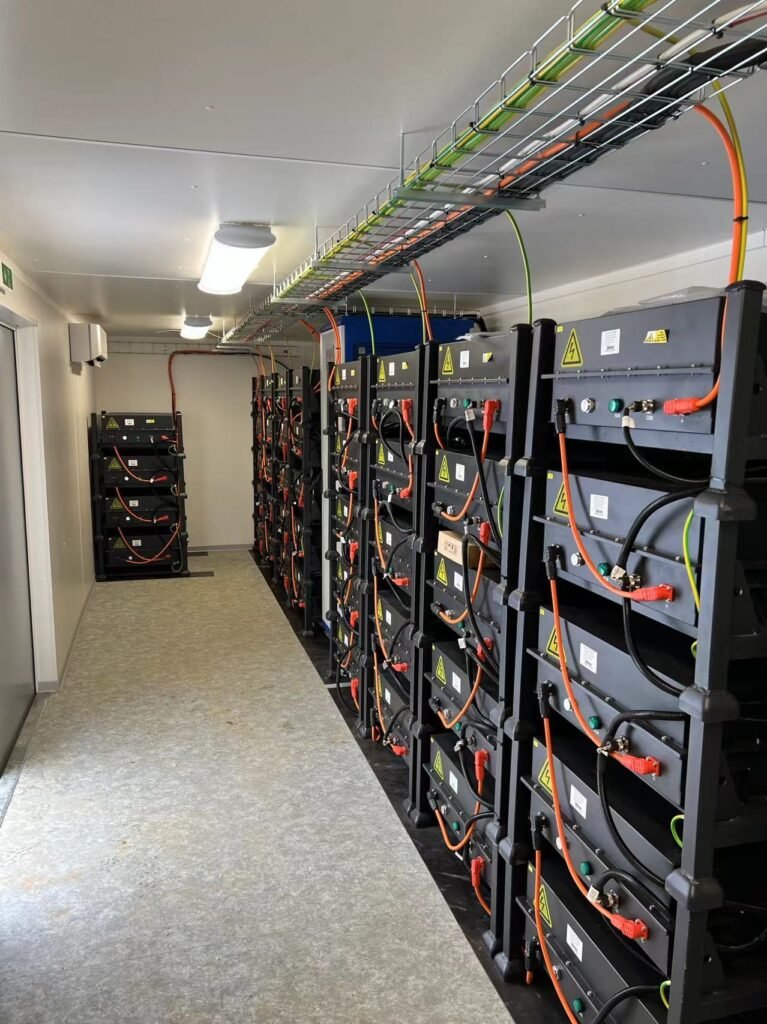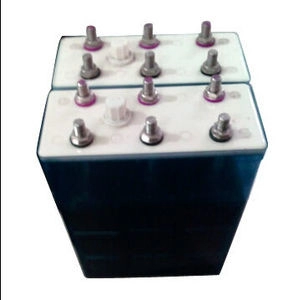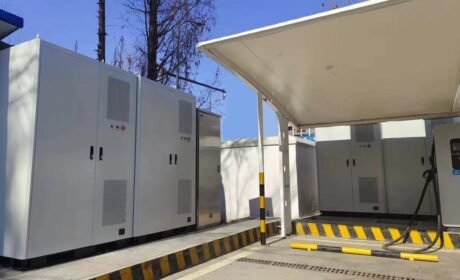
In Iraq, the national power grid faces major challenges, leading to frequent outages. Due to the weak infrastructure and the loss of 40–50% of the generated electricity, many homes receive power for only about 6 hours a day. These daily outages become especially difficult during the hot summer months, when temperatures can exceed 40°C. As a result, many Iraqis are turning to alternative energy solutions like off-grid solar power. To make these solutions effective, solar energy storage batteries become essential, as they allow you to store electricity generated during the day for use at night or during power outages. In all cases, it’s important to understand how to Living Off-Grid in Iraq: Why Solar Battery Storage is Essential.

Living Off-Grid in Iraq: Why Solar Battery Storage is Essential
The State of the Power Grid and Seasonal Changes in Iraq
Sunlight hours in Iraq vary significantly between summer and winter. For example, in Baghdad, summer days can provide up to 14 hours of sunlight, while in winter, this may drop to about 10 hours. This means winter nights can last up to 15 hours. The amount of electricity generated by solar panels depends on daylight duration, so solar output is naturally lower in winter. In addition, dust and sandstorms can temporarily reduce the efficiency of solar panels.
For these reasons, storing excess solar energy produced during the day becomes essential, especially during the winter months. That’s why it’s important to understand the types of solar batteries available and how to choose the battery that best fits your usage needs.
Common Types of Solar Batteries
There are several main types of solar batteries, and the most common ones for residential use include:

Lead-Acid Batteries (AGM and Gel):
These are the traditional and relatively affordable types. Both AGM (Absorbent Glass Mat) and Gel batteries are sealed lead-acid types that require no maintenance, meaning no need to add water or perform frequent servicing.
Gel Batteries handle deep discharges better and are highly shock-resistant, making them durable for off-grid systems. However, they tend to be more expensive than other lead-acid options.
AGM Batteries are also reliable and perform well in cold climates, but they generally have a shorter lifespan (around 400–500 charge cycles).
Overall, lead-acid batteries are heavy and have limited tolerance for partial charging. Regularly discharging them beyond 50% can significantly reduce their lifespan. This makes proper battery management essential for long-term performance.
Lithium-Ion Batteries:
This is the most modern and expensive technology. It offers a much higher energy capacity relative to its weight and size, providing greater energy storage (high energy density).
Lithium batteries have a very long lifespan, typically between 3,000 – 5,000 charge cycles, with minimal loss in capacity over time. They also allow for deep discharges of 80–90% of their capacity without causing damage.
In addition, they are very low maintenance and do not leak chemicals, making them safe and reliable. However, they require an advanced Battery Management System (BMS) to protect them from overcharging or high temperatures.


Nickel-Cadmium Batteries:
These are rarely used in residential settings. They are highly durable in harsh conditions and can withstand both high and low temperatures very well. However, they are expensive and contain toxic materials (cadmium), which is why they are rarely chosen for home use.
In summary:
In conclusion, Lead-acid batteries (AGM/Gel) are initially more affordable but have a shorter lifespan and need more frequent replacements. Conversely, lithium batteries cost more upfront but are lighter, more durable, and last longer. When selecting a battery, the choice depends on your family’s budget, required capacity, and available space.
Capacity, Cost, and Durability:
When selecting a battery, there are three key features to consider:
Capacity (how much energy it stores), Lifespan, and Cost.
Above all, it’s important to understand that battery capacity is measured in either kilowatt-hours (kWh) or ampere-hours (Ah). This capacity reflects how long your devices can remain powered during a blackout. A battery with a larger capacity can store more energy, allowing it to keep your appliances running for a longer period when the power grid fails.
Firstly, Lithium iron phosphate batteries cost more initially than lead-acid types but provide much better long-term value. For example, a lithium battery can last between 3,000 and 5,000 charge cycles (about 10+ years of daily use), whereas AGM or gel batteries typically last around 600–1,000 cycles. If you calculate the lifetime cost per kilowatt-hour stored, lithium batteries may be more cost-effective in the long run, despite the higher upfront price.
But, Gel and AGM batteries are cheaper at first, but they often need to be replaced every 3–5 years. Lead-acid batteries are also bulkier and may need special racks. In contrast, lithium batteries are lightweight and space-efficient. You should also consider temperature tolerance; modern lithium batteries can safely operate at temperatures up to 50–55°C, which suits Iraq’s hot climate.
Moreover, lithium batteries handle partial charging well and don’t degrade easily, whereas lead-acid batteries prefer full charging after discharge to avoid capacity loss. Over time, the total cost of ownership depends on how many cycles a battery can deliver. A lithium battery might be costly now, but it will offer thousands of operating hours before needing replacement. A lead-acid battery might appear cheaper, but frequent replacements and energy loss make it more expensive over time.
summery
In summary, solar batteries are essential for off-grid systems, enabling Iraqi families to access solar energy at night and during outages. Choosing batteries that withstand extreme heat is crucial. Lithium-iron phosphate batteries are a strong long-term choice if the budget allows, providing more energy storage and less maintenance. In contrast, AGM/Gel lead-acid batteries are budget-friendly but require more upkeep and frequent replacement. To ensure efficiency, calculate your daily energy needs and select batteries that can handle nighttime usage and cloudy days. Investing in quality batteries improves energy stability and comfort, making off-grid living in Iraq a smart choice.
Don’t forget to visit the “Ur” platform for financial support options.



